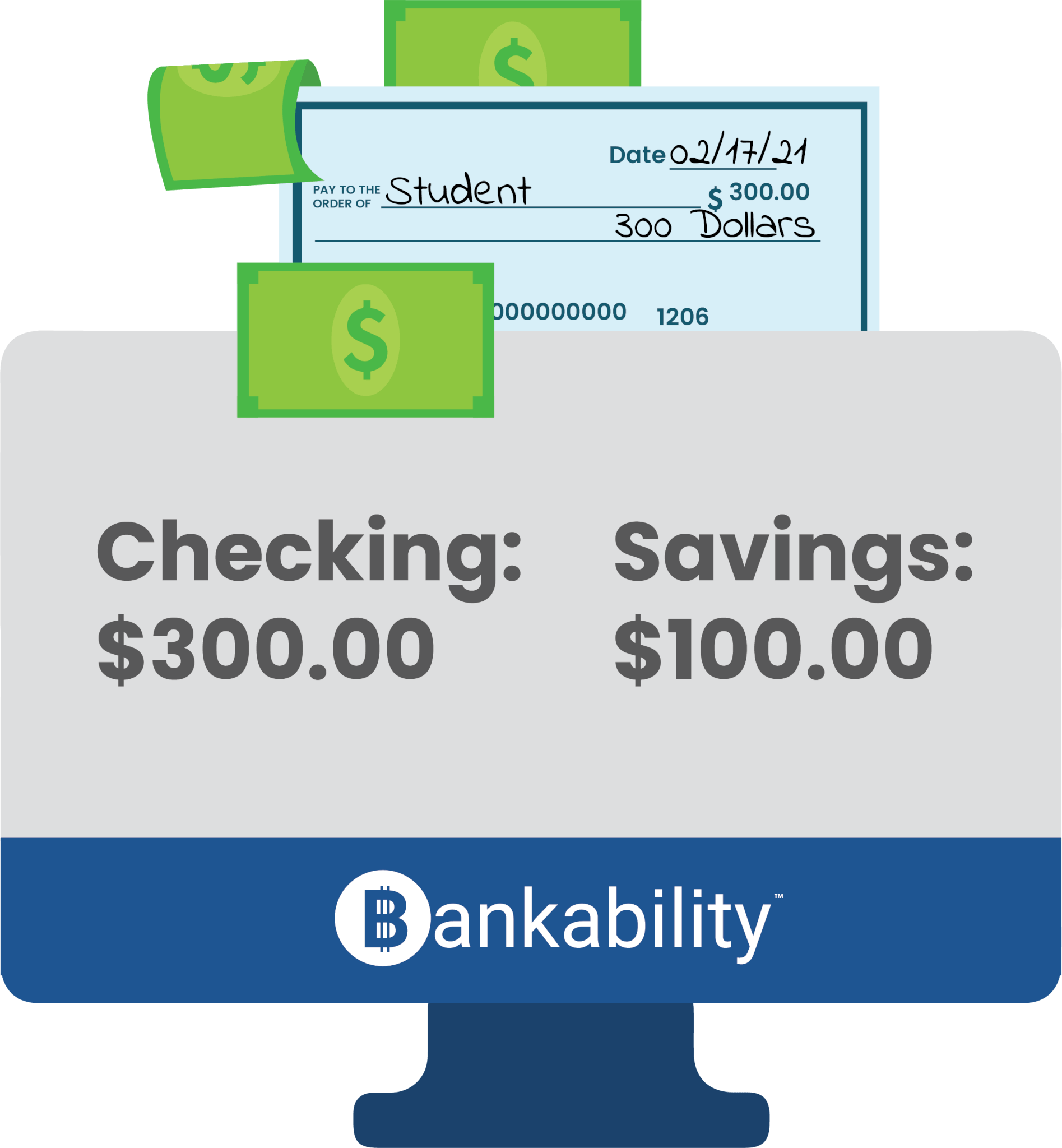How Did This Teacher Create a Relevant Transition Program?

Written by L. Wnuk Ed.S, a Life Skills Teacher with nearly 15 years experience teaching in high school and middle school classrooms in Kansas, Georgia, South Carolina, Florida and now in New Jersey.
When it came time to begin our Digitability Work Simulation project, my students collaborated to evaluate business ideas, chose the most appropriate business concept and together we made a solid business plan. We could open a school cafe.
During the planning phase, my students were eager to see their idea become a reality, however, I knew that it would be hard work. I wanted them to keep their motivation high and work to increase their ability to attend to their tasks. Digitability helped me do just that with their Bankability program.
The students were excited to get “The A+ Cafe” up and running. While my students were excited to watch their idea become a reality, what really excited them was the idea of earning their first paycheck, and spending that money on rewards during our first Happy Hour event!
Get Your FREE Quote Today!


Using Digitability’s Bankability program, my students would be compensated for the time that they spent working in “The A+ Cafe.” They would also earn this virtual income for the progress toward their behavior and communication goals.
The Digitability Social Economy that we established in Phase 1 had a range of benefits for my students that changed the entire atmosphere of my classroom for the better. The impact of Digitability’s embedded Social Economy was twofold. Not only did it increase student motivation, but it also taught financial literacy skills that would help my students be successful as independent adults.
Motivation
Ensuring that students are work-ready goes far beyond just preparing them with job skills. It is also vital that students have an understanding of appropriate workplace behavior and the financial literacy skills needed to maintain employment. Through Digitability, students earn virtual paychecks for completing tasks and engaging in successful workplace behavior. Students can then use their earnings to pay classroom bills, purchase rewards and manage savings.
I worked with my 1:1 Digitability Coach to customize the incentives so that students were able to buy privileges as well as items from our classroom store. They were able to buy a range of rewards with their earnings that spanned from a piece of candy, computer time, a game with a friend, a bag of chips, to larger and more expensive items like headphones and hoodies with our school logo on them or a ticket to a classroom movie day.
Soon enough, “The A+ Cafe” was functional. We used some of the profits to keep the store stocked. Additionally, we were able to receive donations through school and community programs.
Not only did Bankability and the Social Economy help my students stay motivated to work in “The A+ Cafe,” it also had a positive impact on student attendance and tardiness, as my students wanted to be able to earn as much as possible in the program, since they were paid hourly wages and earned bonuses when they were on-time or met deadlines.
Financial Literacy
While my students saw their earnings as a way to earn incentives, they were simultaneously learning financial literacy skills that would last with them into adulthood. My students learned how to manage and budget their money in order to save for incentives that they wanted or to pay their classroom bills. It was easy to differentiate the financial literacy training because Digitability lesson plans already have the modifications built into it. This saved me a ton of time as I didn’t have to create new resources. It was all there for me to print, display on my Smartboard, or share a Google Docs template with my students.

As my students and I make progress through the year, my Digitability Coach and I will work together to add new components that will advance student workplace readiness training and include additional bills they may begin to encounter after graduation. Additionally, through Bankability, my students will begin learning how to review their bank statements and pay stubs to begin developing their long-term financial thinking. It’s so great to have this real-world, online bank account tool, which is an essential part of banking in today’s society.
Digitability has streamlined my classroom so that all the earnings my students receive are compiled into meaningful reports measuring progress in the areas of financial literacy, workplace communication, workplace behavior, and technology. By incorporating this instruction in a meaningful way, students are generalizing these skills for use in other environments and have gained a sense of independence that will benefit them once they leave my classroom.
About Digitability
You may also be interested in...
